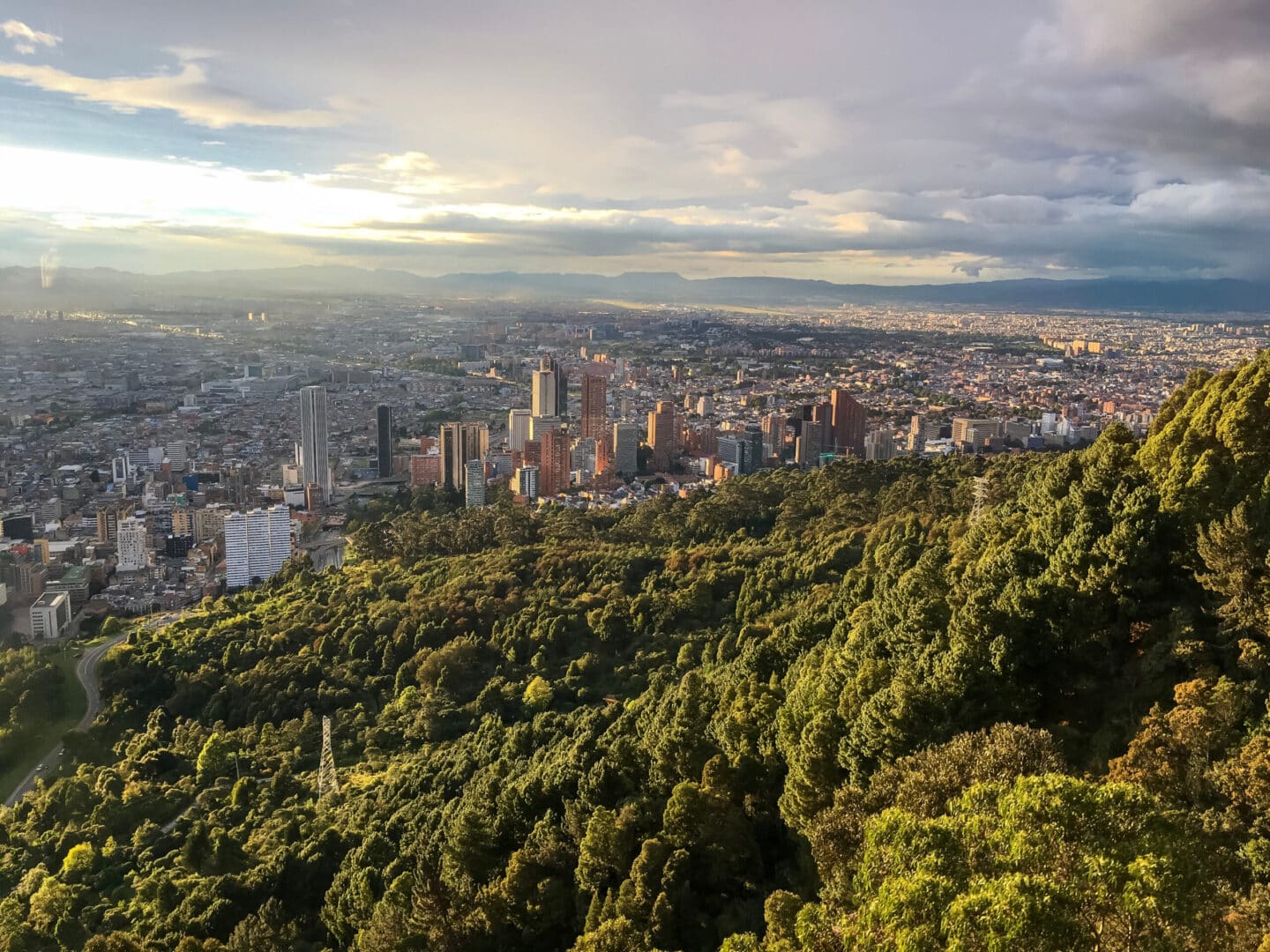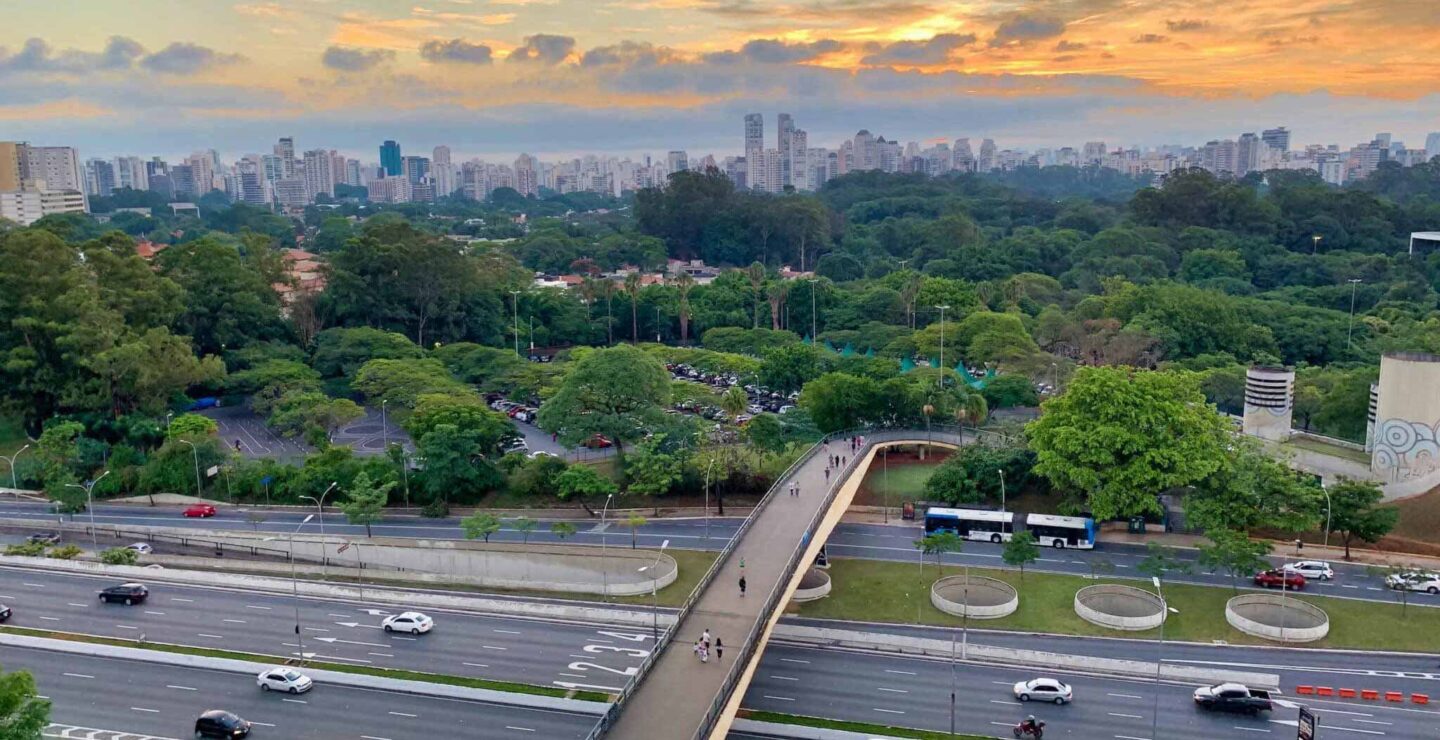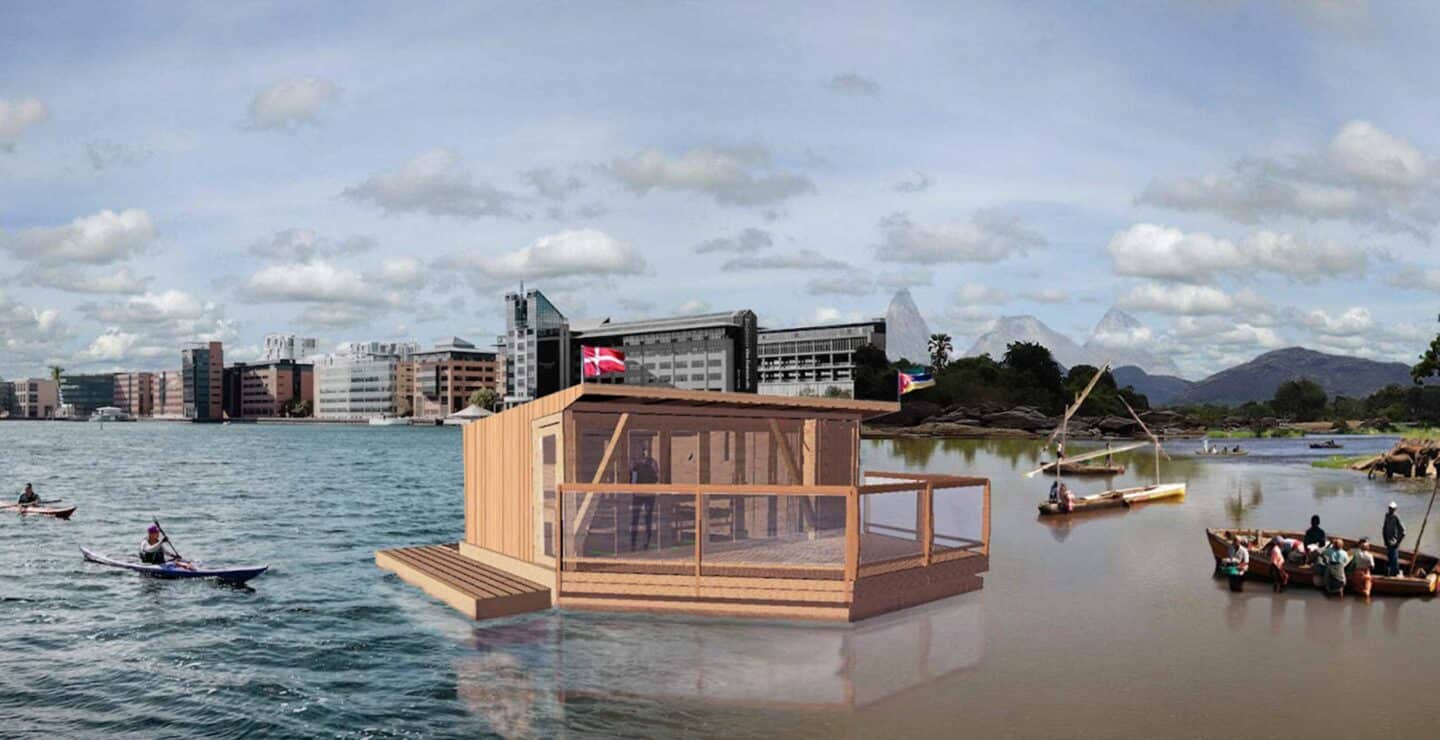

Success Story
Trees and forests have been a key part of Glasgow’s story ever since the city’s early days as a center for shipbuilding, industry, and trade. Now, Glasgow is a world leader in enhancing urban forests and green space, protecting and restoring forests near the city, and supporting tropical forest conservation through the purchase of sustainable forest products.
Glasgow’s Development Plan and Open Space Strategy lay out an ambitious vision for trees and forests in the city, including the expansion of parks and green spaces, the protection of existing trees, natural infrastructure to address the risk of severe floods, and the restoration of derelict and degraded land near residents. The city supports the Clyde Climate Forest project, which has set a target of planting 18 million trees in both urban and rural parts of the city region by 2030, increasing the city’s canopy cover to roughly 20 percent. Glasgow is also investing in connectivity to forests and natural ecosystems outside the city through expansion of their Green Belt, broader “Green Network” and the regional Clyde Valley Green Network Partnership.
Glasgow is also planning to showcase forest conservation and the use of sustainable forest products as the host of 2021’s UN Climate Conference (COP26). As part of the city council’s COP26 festivities, Cities4Forests is designing a boardwalk made from sustainable hardwood sourced from the Carmelita community concession in Guatemala. The community’s sustainable timber operation generates revenue to help to protect the region’s intact rainforest while supporting local livelihoods. The boardwalk is a demonstration of Glasgow’s future Partner Forest program and will connect the many pavilions showcasing sustainable wood building innovation built in the COP-adjacent “Sustainable Timber District” while helping to inspire other city leaders to invest in faraway forest conservation.














